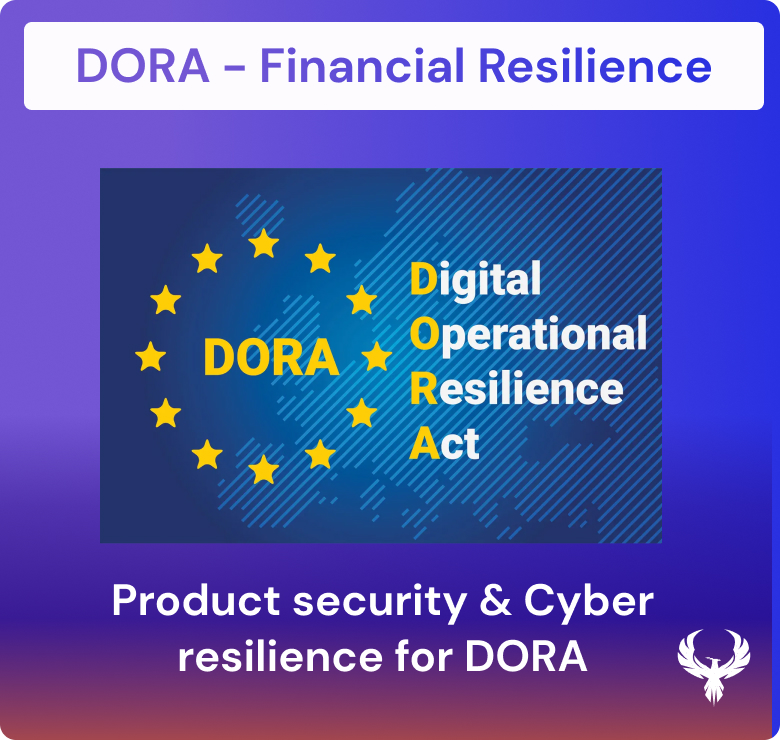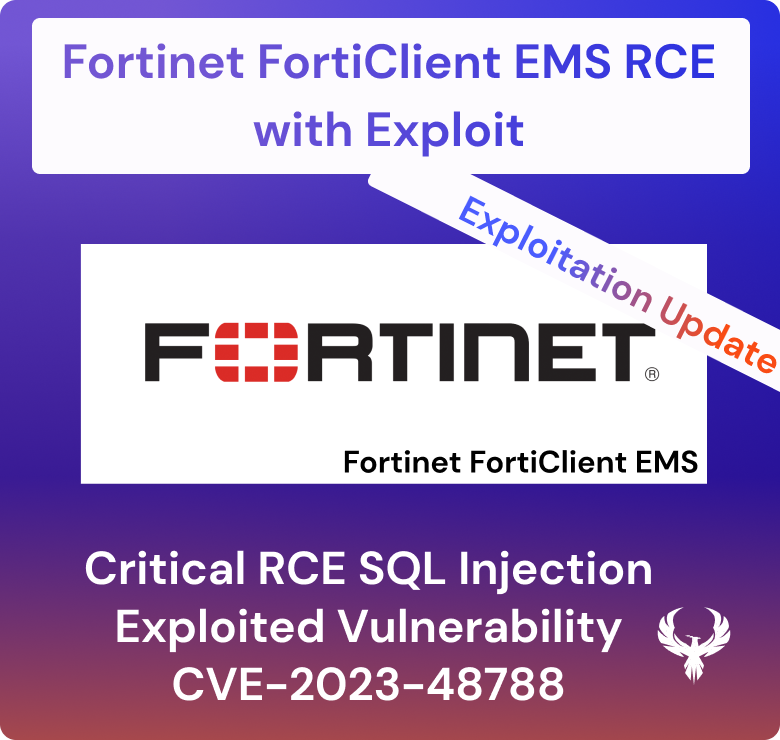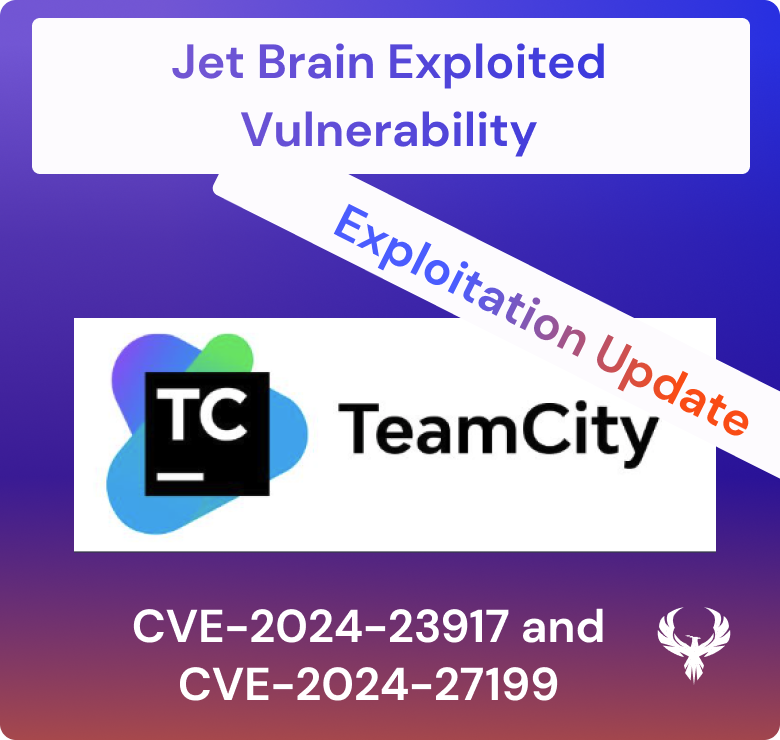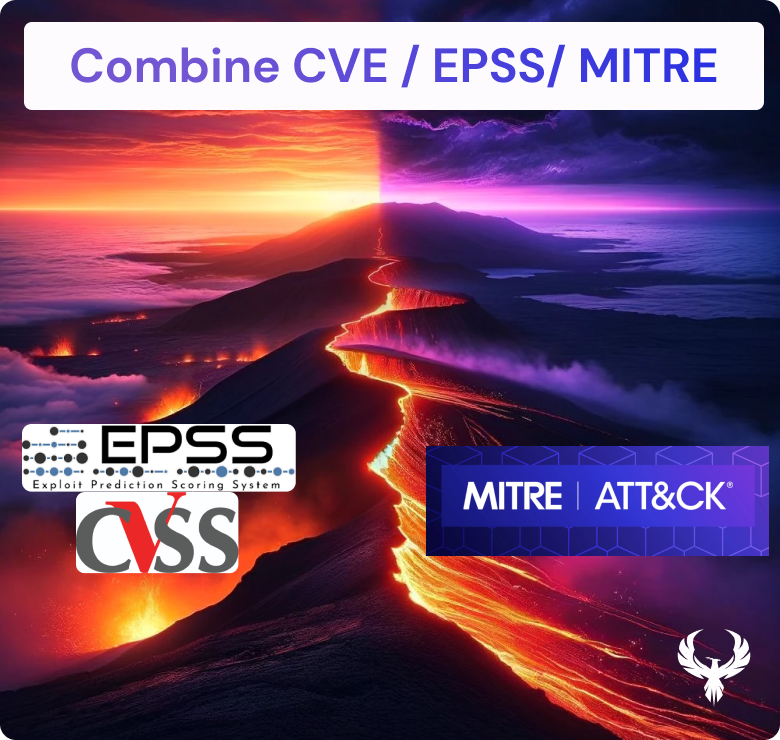Thousands of financial institutions across Europe and UK are embracing change and going digital, creating new applications, ASPM and posture management have become critical in maintaining control over digital supply chain while moving to the cloud and digital software platform, DORA regulation is here to address those changes. While this change may be convenient for customers, convenience comes at a cost, and the growing danger of digital threats now puts the financial industry at risk.
Data breaches cause severe operational damage and can result in catastrophic financial costs. In 2022, the global average data breach cost was a staggering 4.35 million U.S. dollars across all industries and 5.97 million U.S. dollars per breach in the global financial sector.

Application Security, ASPM (Application Security Posture Management), and Cyber Security Resilience are more than just buzzwords; they are critical defence mechanisms against the increasing tide of cyber threats.
Data breaches have become an expensive setback for many organizations, with the global financial sector experiencing an average cost of nearly 5.97 million U.S. dollars per breach. As these numbers continue to rise, it’s clear that the task of protecting sensitive customer data grows more complex and demanding.
Article Index
- Download the latest Whitepaper on DORA
- What is DORA regulation in the EU?
- What are the 5 pillars of DORA regulation?
- Does Dora apply in the UK?
- What is the DORA strategy for ASPM and cyber resilience?
- DORA Implementation Strategy leveraging ASPM and Surface Management
- 20 steps for complying with DORA
- Conclusion
What is DORA regulation in the EU?

The European Union’s response to this growing threat landscape is the Digital Operational Resilience Act (DORA), which came into force on January 17, 2023, with full application from January 17, 2025. DORA is a comprehensive legislative act designed to fortify the cybersecurity posture of financial entities. It provides a structured approach to managing digital supply chain assets and enhancing cyber asset management.
Financial entities—ranging from traditional banks and insurance companies to modern investment firms and crypto-asset service providers—must now navigate the new regulations set forth by DORA. This regulation is binding across all EU Member States and works in conjunction with the NIS2 directive, harmonizing efforts to protect the privacy of sensitive personal data as mandated by the GDPR.
The DORA framework emphasizes a multi-faceted approach to cyber resilience, mandating entities to not only establish robust cybersecurity measures but also to maintain an agile response mechanism for incident reporting. A significant focus is laid on application security, ensuring that financial entities’ software is secure and resilient against attacks.
What are the 5 pillars of DORA regulation?
DORA is anchored on five fundamental pillars:
- ICT Risk Management: Building comprehensive strategies to manage and mitigate digital risks.
- ICT-Related Incident Reporting: Obligatory reporting of digital incidents to the pertinent authorities.
- Digital Operational Resilience Testing: Conduct regular simulations and tests to prepare for various digital disruptions.
- ICT Third-Party Risk Management: Addressing risks associated with third-party digital service providers.
- Information Sharing: Facilitating secure exchange of information about digital threats and incidents.
ASPM emerges as a critical component in this new regulatory environment. By managing digital supply chain assets effectively, financial institutions can ensure that every element of their application landscape is secure and compliant with the DORA standards. This involves regular assessments, identification of vulnerabilities, and the implementation of security measures at every stage of the application lifecycle.
Does Dora apply in the UK?
Given the UK’s post-Brexit status, DORA, as an EU regulation, does not automatically apply. However, financial entities operating within both the UK and EU may need to align with DORA standards to ensure seamless operation across jurisdictions.
What is the DORA strategy for ASPM and cyber resilience?

Cybersecurity resilience is the cornerstone of DORA compliance. It extends beyond application security to encompass the entire cyber asset spectrum. It involves continuous monitoring and management of the organization’s digital presence, including all networked assets and their interactions. This holistic approach ensures that financial entities can anticipate, withstand, and recover from cyber incidents swiftly and effectively.
To meet the stringent requirements set by DORA, financial institutions must undertake comprehensive steps that include understanding the regulation, developing a resilience strategy, implementing robust application security measures, and engaging in continuous cyber asset and surface management.
DORA’s timeline indicates that by January 2024, financial institutions must have implemented the Regulatory Technical Standards (RTS) outlined in the act. By January 2025, full compliance is expected, and the European Commission will review the need for further regulatory enhancements by January 2026.
As the financial industry embarks on this journey towards enhanced digital operational resilience, the role of cybersecurity experts and advanced security solutions becomes increasingly pivotal. With the right strategy and tools, financial institutions can navigate the DORA landscape with confidence, ensuring the safety and privacy of their customers while maintaining a competitive edge in the digital marketplace.
DORA Implementation Strategy leveraging ASPM and Surface Management

| Requirement | Key DORA Requirements | Phoenix Help |
|---|---|---|
| ICT Risk Management | – Establish robust ICT risk management frameworks.- Identify, assess, and mitigate ICT risks.- Regularly review and update risk management policies. | Assess the Posture of your assets. Identify threats from external surfaces Review risk mitigation and request |
| ICT-Related Incident Reporting | – Report all ICT-related incidents to relevant authorities- Include incidents of varying impact levels.- Maintain records of incident reports and responses. | Assess the Posture of your assets. Identify threats from external surfaces. Review risk mitigation and request. |
| Digital Operational Resilience Testing | – Conduct regular testing for ICT incident responses.- Simulate scenarios like hacking, natural disasters, and human errors.- Review and improve based on test outcomes. | Assess Web, API, and Network for continuous testing Assess external attack surface Import Pentest results in Phoenix Import threat modelling results in Phoenix and manage them Manage 3rd party software providers Manage 1st party software package Manage installed software Perform continuous monitoring/assessment |
| ICT Third-Party Risk Management | – Manage risks related to third-party ICT service providers.- Perform due diligence and continuous monitoring.- Develop contingency and exit strategies. | Tag environment / Application for information sharing Provide restricted access to Phoenix for information sharing |
| Information Sharing | – Share information about ICT threats and incidents with authorities and financial institutions.- Maintain confidentiality and adhere to GDPR requirements. | Tag environment / Application for information sharing Provide restricted access to Phoenix for information sharing Share risk profile with peers organization without compromising asset details disclosure |
| Governance and Control | – Establish clear governance structures for ICT risk.- Ensure Board and senior management oversight.- Develop policies for ICT security, data governance, and business continuity. | Tag environment / Application for information sharing Provide restricted access to Phoenix for information sharing Share risk profile with peer organizations without compromising asset details disclosure |
| Testing and Auditing | – Regular penetration testing and audits.- Implement threat-led penetration testing (TLPT) every 3 years.- Use frameworks like TIBER-EU for testing. | – Mandatory training on digital operational resilience for employees.- Tailor training complexity based on staff functions.- Regular updates and refreshers on cybersecurity awareness. |
| Training and Awareness | – Mandatory training for employees on digital operational resilience.- Tailor training complexity based on staff functions.- Regular updates and refreshers on cybersecurity awareness. | Review common errors from teams. Craft training based on the common errors |
| Resilience Strategy | – Develop a comprehensive digital operational resilience strategy.- Include plans for response, recovery, and continuity.- Ensure the strategy aligns with DORA requirements. | |
| Regulatory Compliance and Reporting | – Adhere to DORA regulations and EU member state laws.- Prepare for and undergo regulatory inspections and audits.- Report compliance status and any issues to relevant authorities. | Evaluate OSS software posture. Evaluate Software risk in the environment Evaluate 3rd party software Assess software and OSS from the Phoenix dashboard |
| Vendor Management | – Assess and manage the security of external vendors and service providers.- Integrate vendor risk into overall ICT risk management.<br>- Establish contractual terms regarding ICT risk and resilience. | Evaluate OSS software posture. Evaluate Software risk in the runtime environment Evaluate 3rd party software Assess software and OSS from the Phoenix dashboard |
| Data Protection and Privacy | – Align with GDPR and other data protection regulations.- Implement measures to protect customer and organisational data.- Ensure data privacy in ICT operations and incident response. |
20 steps for complying with DORA
Master the DORA Mandates: Begin by thoroughly understanding DORA’s requirements. Consider engaging in a DORA-centric educational program to cultivate deep regulatory insights.
- Cyber Risk Evaluation: Identify cyber threats, particularly those impacting your digital supply chain, using ASPM tools to pinpoint and preemptively counter potential weaknesses.
- Resilience Strategy Formulation: Integrate a digital operational resilience strategy within your ICT risk management framework, continuously refining it through incident analysis and resilience testing.
- Collaborative Compliance Effort: Involve interdisciplinary teams across IT security, legal, compliance, and risk management to form a unified front against cyber risks.
- Third-Party Considerations: Factor in DORA’s guidance when forming partnerships with ICT third-party service providers, focusing on the significance and complexity of ICT-related dependencies.The key tactic in cyber security resiliency is monitoring the vulnerability in your pipeline, tracking 3rd party dependencies and key risks, tracing team ownership and addressing systemic risk.
- Leadership Empowerment: Under DORA, executives are pivotal in resilience efforts. Equip them with the necessary training and ensure they can access expert advice from seasoned cybersecurity professionals. The key objective in a complex environment like software security is having product security and application security experts be able to translate complex objectives into simple risk-based expectations.
- Culture of Security: Foster a corporate ethos where security is paramount, encouraging every employee to contribute to the company’s DORA compliance effort where everyone from business to development is empowered, knowing which vulnerabilities need to be addressed. ASPM and risk-based remediation are great in directing those efforts
- Actionable Remediation: After identifying vulnerabilities, prioritise remediation actions based on impact severity and probability to mitigate risks effectively. ASPM helps monitor code to cloud vulnerabilities and trace the remediation from risk perspective
- Compliance Documentation: Maintain a rigorous documentation process to provide evidence of compliance, including adherence to DORA’s incident response requirements.
- External Risk Monitoring: Keep abreast of potential threats through industry intelligence and threat feeds, integrating this data into your proactive risk management approach. ASPM and Phoenix security enable the monitoring of external threats with threat intelligence and external attack surface mapping. Key in this area is the remediation effort on the back of the identification of issues.
- Critical Function Identification: Determine and prioritise the company’s essential operational functions in accordance with DORA’s stipulations.
- Secure Development Advocacy: Promote secure application development practices, utilising tools and training to embed a security-first mindset throughout the organisation. In this area is key to empower developers and security professionals to strive towards the same objectives. ASPM helps drive a risk-based approach towards remediation of the vulnerabilities in line with a top-down expectation
- Incident Reporting Protocol: Streamline incident reporting processes to swiftly and effectively address and mitigate breach impacts.
- Incident-Driven Strategy Refinement: Use insights from past incidents to reinforce your cybersecurity strategy, ensuring resilience and ongoing DORA compliance.
- Regular Penetration Testing: Engage in periodic penetration testing to uncover and rectify system weaknesses, adhering to the high standards set by DORA and the TIBER-EU framework. The continuous external attack surface management and internal attack surface management are key in addressing quickly the vulnerabilities identified in the reports.
- Threat Detection Automation: Implement sophisticated detection systems like ASPM cross-correlating with threat intelligence like EPSS to prioritize with context and location the vulnerabilities that are more likely to impact the organization.
- Comprehensive Employee Training: Educate your workforce on digital operational resilience to bolster your organization’s cyber defences, as DORA mandates. ASPM and Phoenix enable the organization to trace the common mistakes and vulnerabilities, helping address the key issues a team is making with targeted training.
- ICT Risk Management Architecture: Develop a robust ICT risk management framework that includes regular testing to uncover threats and vulnerabilities, fulfil Chapter 4 of DORA, and identify which team must resolve the vulnerabilities.
- Operational Resilience Testing Acumen: Deepen your understanding of Digital Operational Resilience Testing (DORT) to effectively gauge and enhance your organisation’s disruption response capabilities.
- Resilience Strategy Evolution: Regularly revisit and update your digital operational resilience strategies to keep pace with the evolving cybersecurity landscape, ensuring alignment with DORA’s dynamic regulatory environment.
Conclusion

With the DORA regulation’s implementation well underway, it is critical for financial institutions across the European Union to stay vigilant and proactive. As we approach the January 2025 deadline, when auditing and controls under DORA will be in full swing, the risk of being unprepared looms for those who delay. It is not just a matter of regulatory compliance, but a strategic imperative to ensure the cybersecurity resilience that will define the financial sector’s future.
Get a Free Posture assessment today
Phoenix Security stands at the forefront, offering specialized tools and expert guidance to expedite and streamline your journey towards DORA compliance. Our suite of services is designed to assist your institution in establishing robust governance frameworks and conducting due diligence on your cybersecurity assets throughout the entire application lifecycle. By partnering with Phoenix Security, you gain access to industry-leading ASPM solutions that deliver insights and actionable steps for safeguarding your digital infrastructure against the evolving cyber threat landscape.
Don’t let the DORA 2025 deadline catch you unprepared. Engage with Phoenix Security to enhance your cyber resilience, optimize your application security, and ensure that your organization not only meets but exceeds the DORA requirements. Ensure that when the time comes for auditing and controls, your institution stands as a paragon of digital operational resilience, fully compliant and secure. Choose Phoenix Security and transform the challenge of DORA compliance into an opportunity for cybersecurity excellence.















